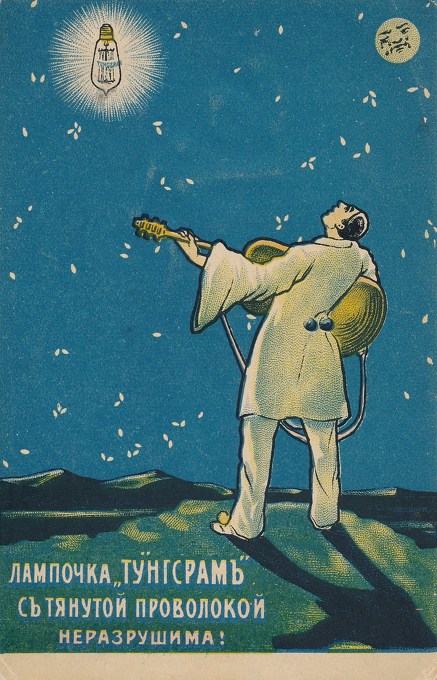115 years ago, on 13 December 1904, the patent file for the incandescent lamp with a tungsten file was published.
On the same day, United Electric Ltd. bought the exclusive right to produce and sell such lamps in the Austro-Hungarian Monarchy, to participate in selling the license in other countries, and to start mass production. The inventors, Alexander Just and Franjo Hanaman from the Technical College in Vienna, were employed to develop the production process. In 1906, United Electric Ltd. changed its name to United Incandescent and Electric Ltd., and from the early 1910s marketed tungsten lamps, much brighter and longer lasting than carbon filament lamps, under the brand name ‘Tungsram’. This story has two messages for today.
First, a minute observation of the latest achievements of scientific and technological development, and the identification of a few key fields to invest in – and become a leader in that specific field – may offer competitive advantages, especially for small companies and countries with restricted resources. This basic patent for tungsten lamps was crucial for Tungsram’s facing technological competition and getting into the circle of the leading lighting companies.
Second, the development of production technology may take longer and require larger, strategic investments than initially expected. At Tungsram, building up mass production of tungsten lamps took years. In 1907, Tungsram already produced 2500 tungsten lamps/day, from late 1909 10.000 lamps/day. Meanwhile, William D. Coolidge (General Electric) invented the technology of drawing the hard tungsten metal into a wire which was necessary to make the tungsten file more resistant. Adaptation of the Coolidge-method started at Tungsram in 1913. This long and costly process of turning an invention into a successful marketable product induced Leopold Aschner, CEO of Tungsram 1921-1944, to follow the example of General Electric and found a research laboratory for systematic in-house research. The small research laboratory, with occasional cooperation of (Hungarian) researchers abroad, and within the network of knowledge and market sharing agreements of the leading companies, was able to generate innovations furthering development of the lighting and telecommunication technology.

Publicity for Tungsram tungsten lamp, from around 1913 - Source: Újpesti Helytörténeti Gyűjtemény


